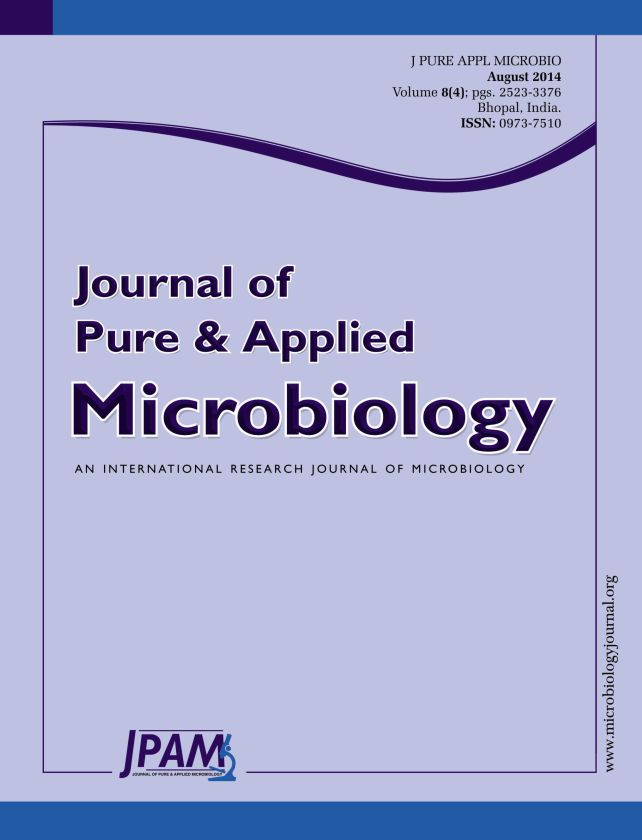The inactivation effects of chlorine dioxide (ClO2) on inactivation of cryptosporidium andersoni oocysts in aqueous solution were studied systematically. Several influencing factors including ClO2 dosage, contacting time, temperature, pH, turbidity and permanganate index of the solution were investigated. The results showed that the inactivation rates of cryptosporidium andersoni oocysts were affected by ClO2 dosage and contacting time greatly, by temperature and turbidity slightly, and higher inactivation rate can be gotten at higher temperature. The effect of pH is slightly from 3.0 to 10.0. As to 105 cell/ml cryptosporidium andersoni oocysts, the inactivation rates of cryptosporidium oocysts can reach to 95% when prolonging reaction time to 120min at 5mg/L ClO2; as to 50cell/ml cryptosporidium andersoni oocysts, contacting ClO2 30min with 3mg/L ClO2 or 60min with 2.0mg/L, the inactivation rate can reach 100%. All of these provide reference for engineering application.
Drinking water disinfection, Chlorine dioxide, Cryptosporidium oocyst, Inactivation effect
© The Author(s) 2014. Open Access. This article is distributed under the terms of the Creative Commons Attribution 4.0 International License which permits unrestricted use, sharing, distribution, and reproduction in any medium, provided you give appropriate credit to the original author(s) and the source, provide a link to the Creative Commons license, and indicate if changes were made.


